The definitive Oscar Niemeyer 1907-2012
Watching the sun gleam off the slightly flaking whitewash on the semi circular Space Race shapes of Oscar Niemeyer’s buildings in the middle of Brazil’s own Red Centre – Brasilia – is a unique, thrilling experience. Flanked by electric blue cloudless desert sky and lit by a burning, bald sun that casts diamond-sharp geometric shadows, it is otherworldly and wonderful. Here is a man-made capital city, designed in 1956, with infinitely more visual energy and – in its own way – folly than any oil-rich, scorched sand and skyscraper-filled Islamic urban hub. It has an elegance and austere simplicity to its curves. Its Jetsons-like bowed pillars, arches and low-slung widescreen glass blocks set it squarely in a more optimistic time, an era in which we were promised jetpacks. Civilian remembers the work of the late, great architect who died on 6th December, 2012, 104 years young.
Pictures: Mark C.O’Flaherty
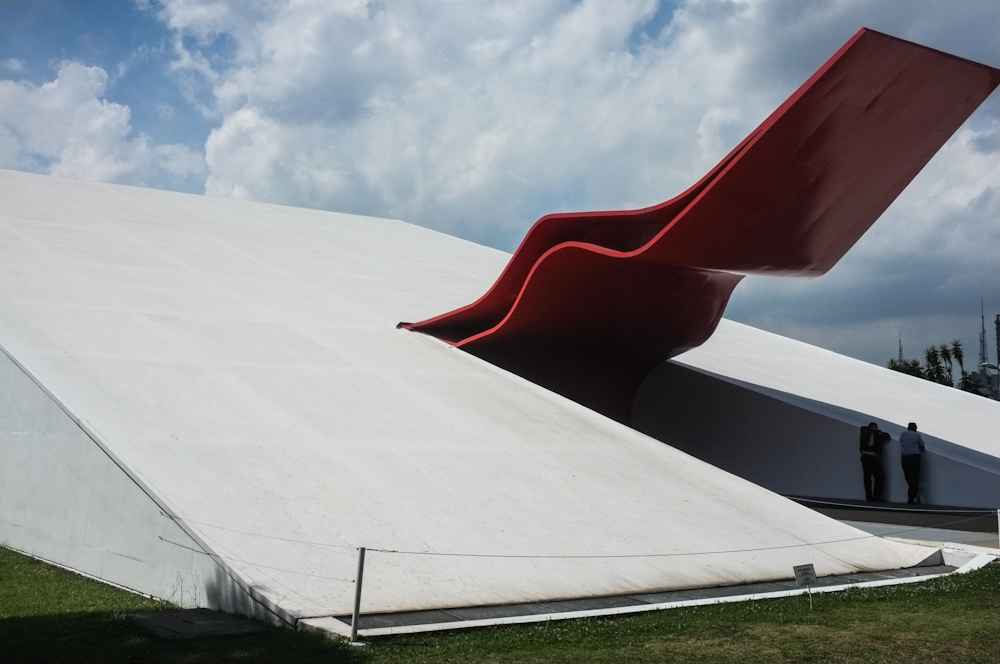
Niemeyer's Auditorium in Ibirapueria Park, Sao Paulo - its snaking red tongue rises from a flat, angled white frontage.
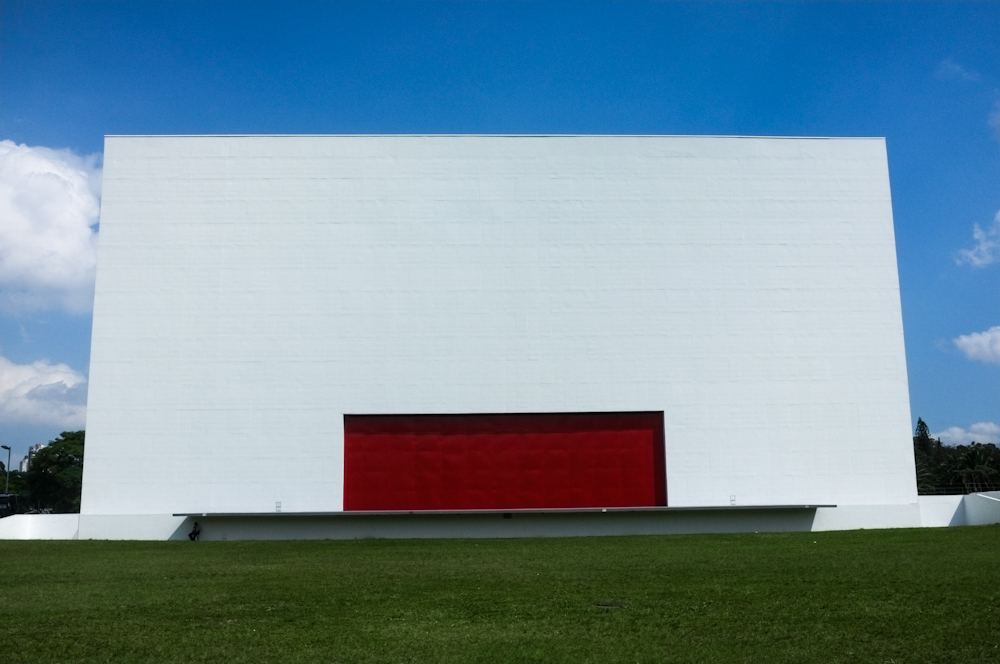
The rear of the Auditorium in Ibirapueria Park– a vast, blinding white backdrop with an inset red screen that echoes the strongest of minimalist artworks.
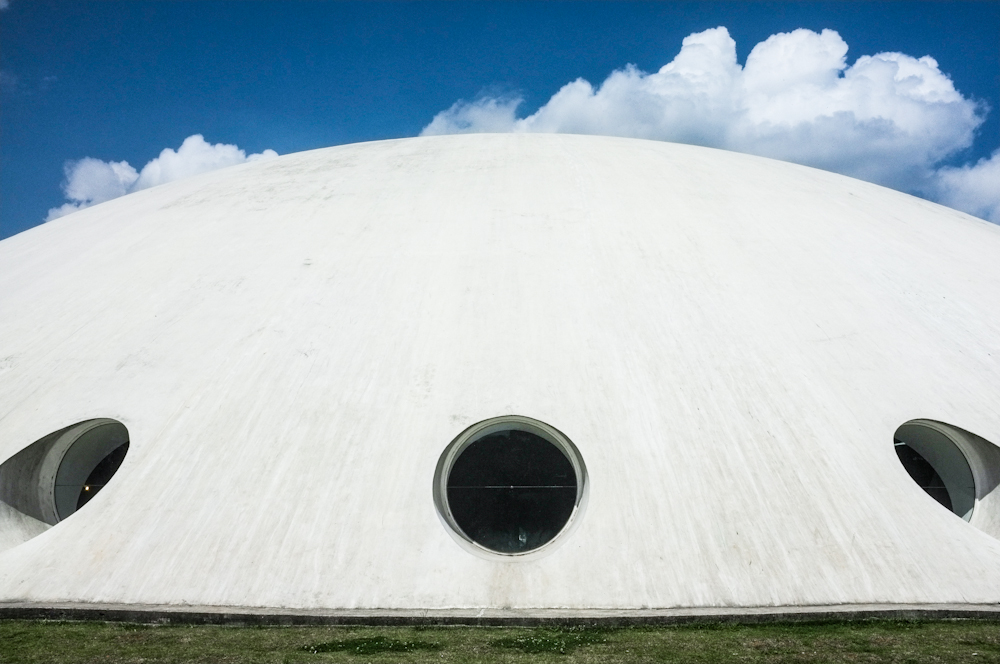
The Oca in Ibirapueria Park, Sao Paulo – built in 1951 to house travelling exhibitions, its name stems from traditional Native American dwellings.
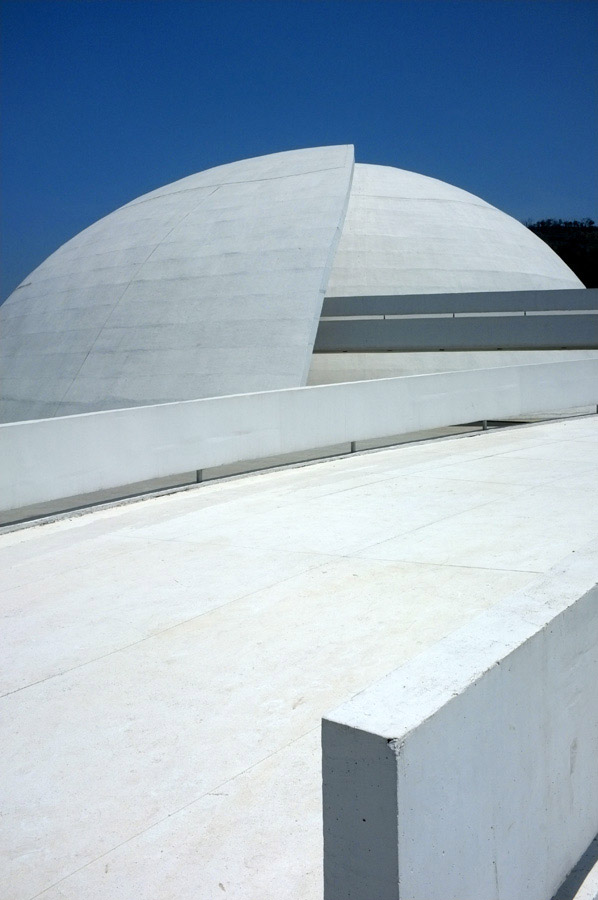
Niemeyer inaugurated the Oscar Niemeyer Foundation on his 103rd birthday. The building is part of the Caminho Niemeyer in Niteroi. As of his death in December 2012, the buildings remain inaccessible to the public and largely unfinished, suspended in local government red tape.
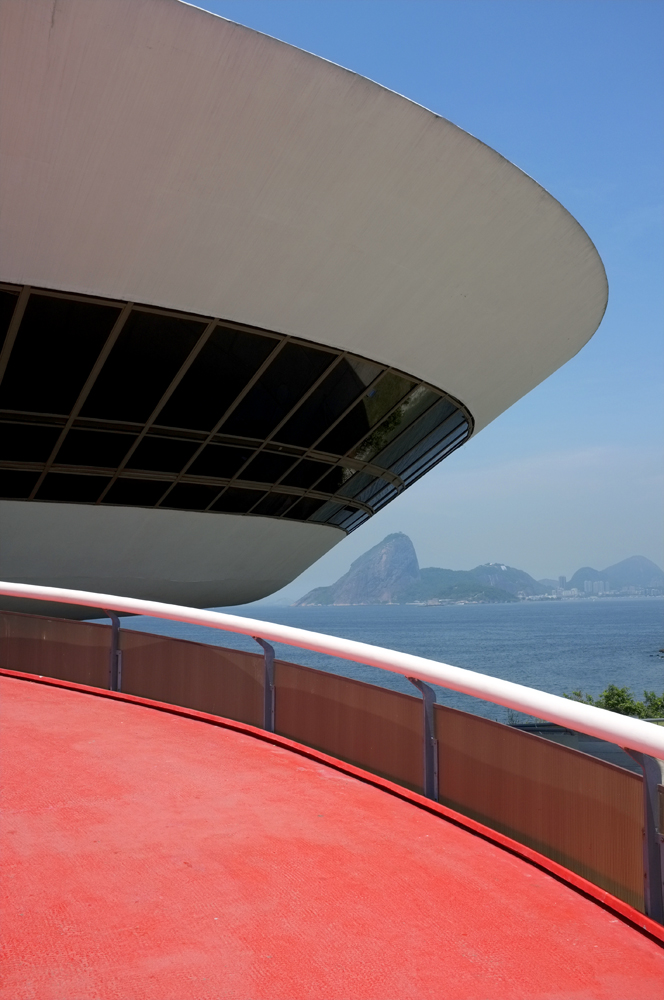
The Museum of Contemporary Art, completed in 1996, with Rio's Sugarloaf Mountain in the distance. The building resembles a flying saucer that has landed on the shores of the town.
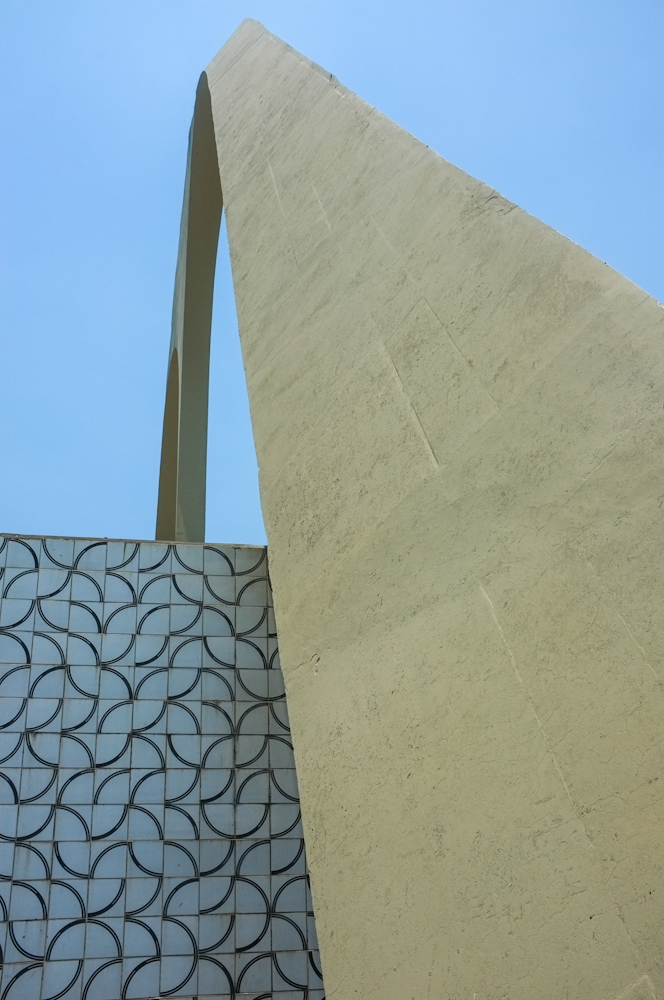
Niemeyer's Sambadrome in Rio de Janeiro - the structure holds 90,000 visitors, with the annual carnival taking place just before the start of Lent.
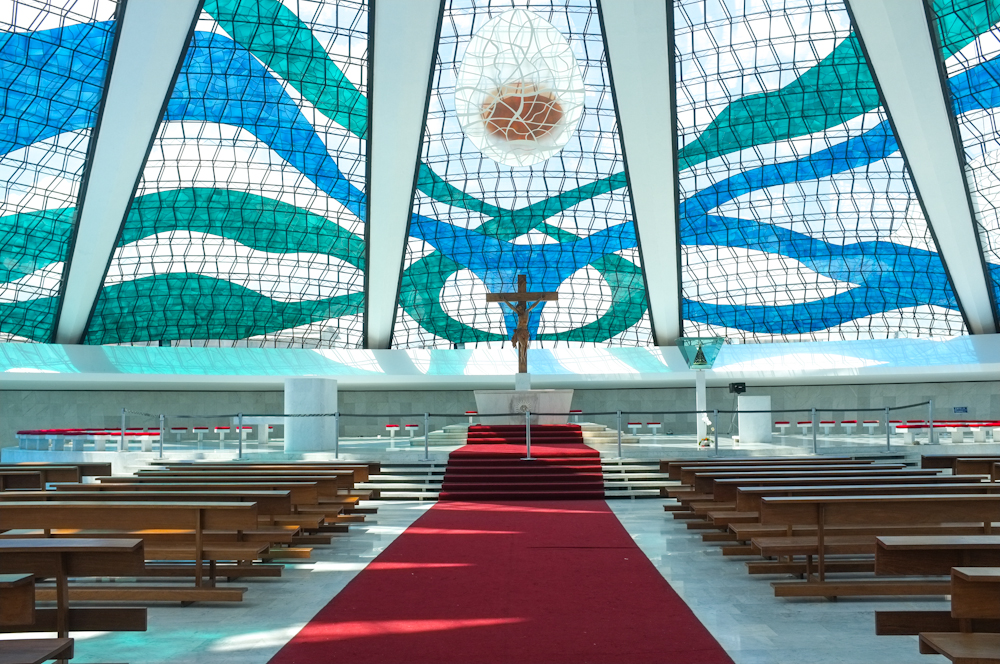
The Cathedral of Brasilia, completed and dedicated 31st May 1970. The wraparound glass and coloured light-filled space of the hyperboloid structure is a Niemeyer masterpiece although largely impractical: temperatures can soar inside the space.
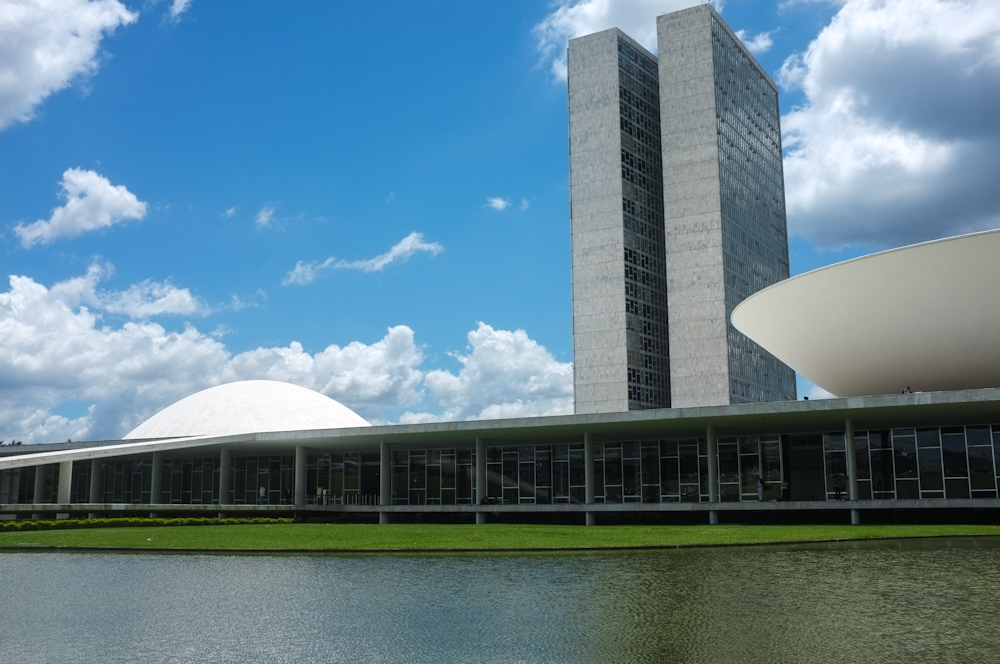
The National Congress building in Brasilia: the semi-sphere on the left is the seat of the Senate and the semi-sphere on the right is the seat of the Chamber of Deputies.
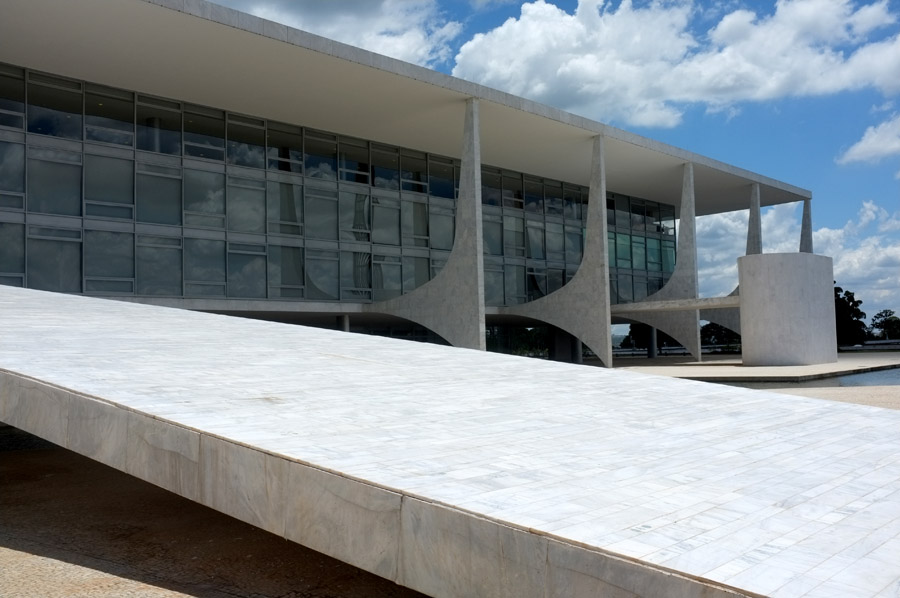
The Palacio do Planalto, official HQ of the President of Brazil. Inaugurated 1960.
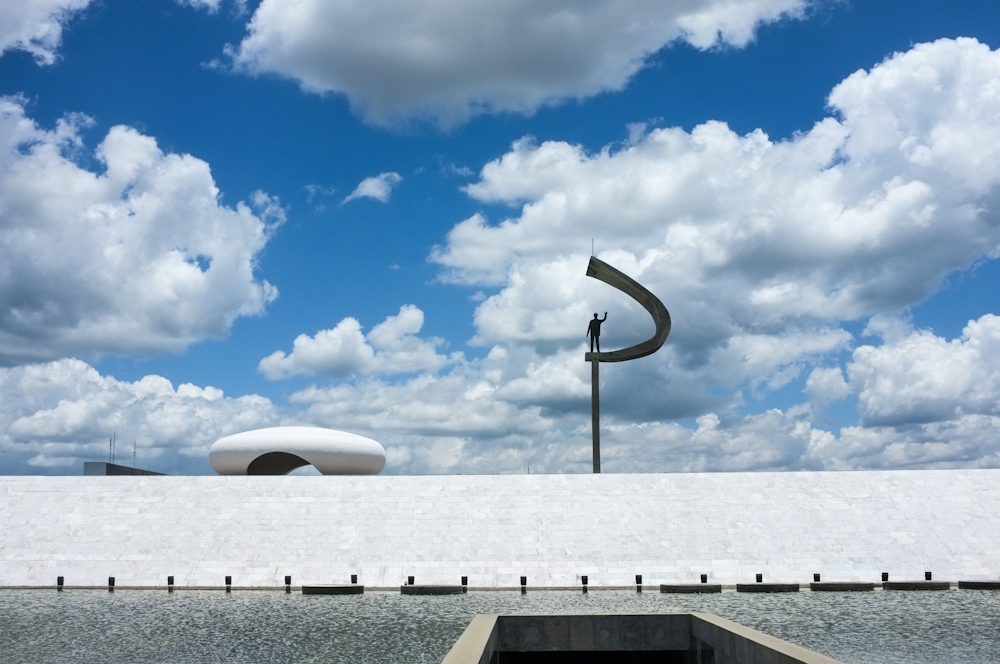
The Memorial JK, opened in 1981 - late president Juscelino Kubitschek’s mausoleum, Brasilia.
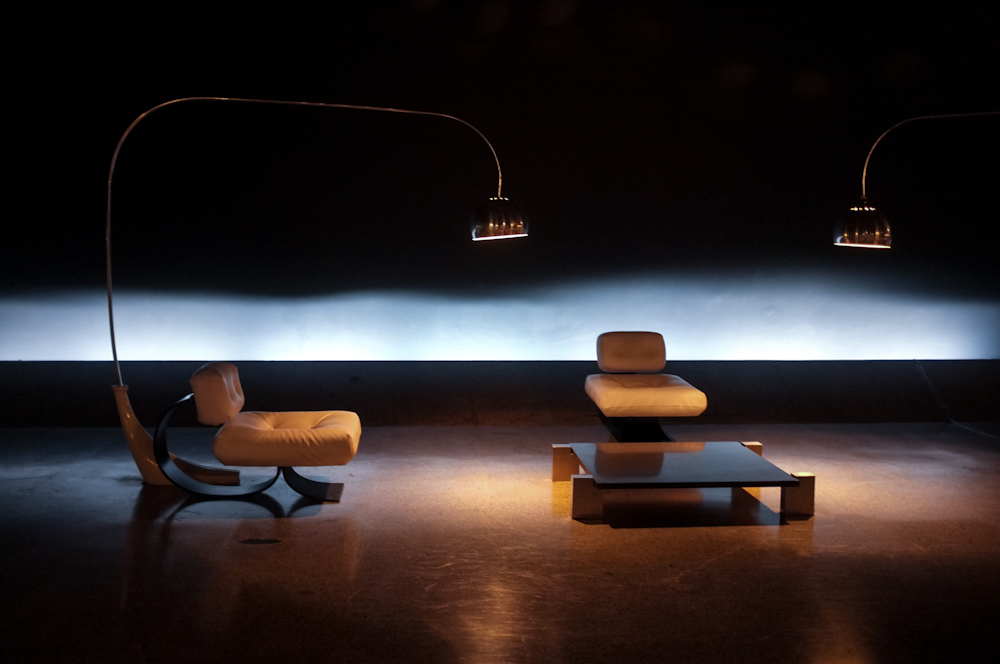
The interior of the Memorial JK, with Niemeyer-designed furniture.
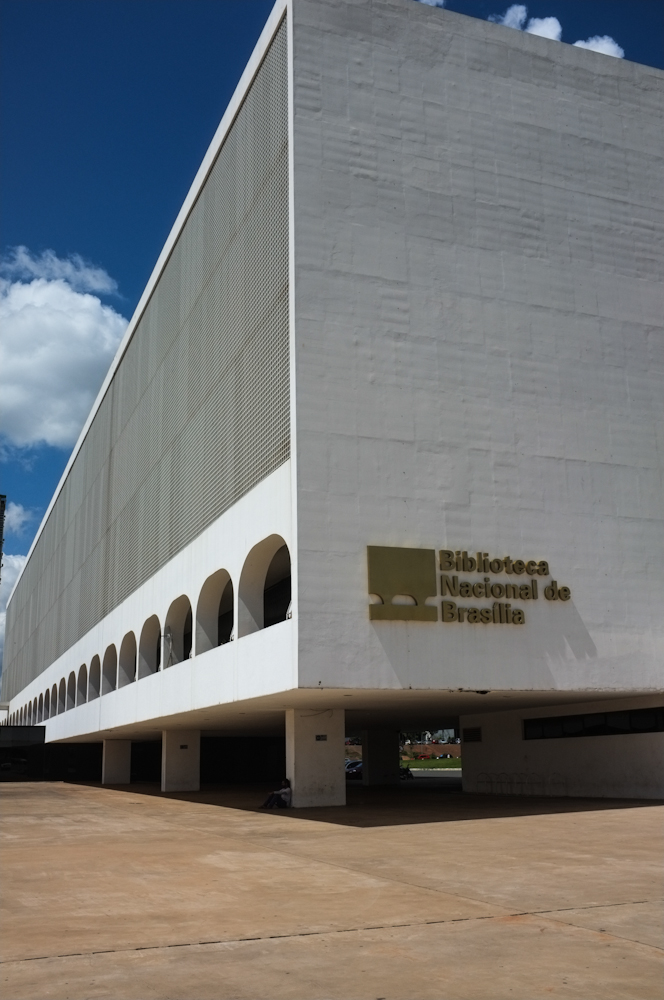
The Biblioteca Nacional de Brasilia, opened in 2006, when Niemeyer was 99 years old.
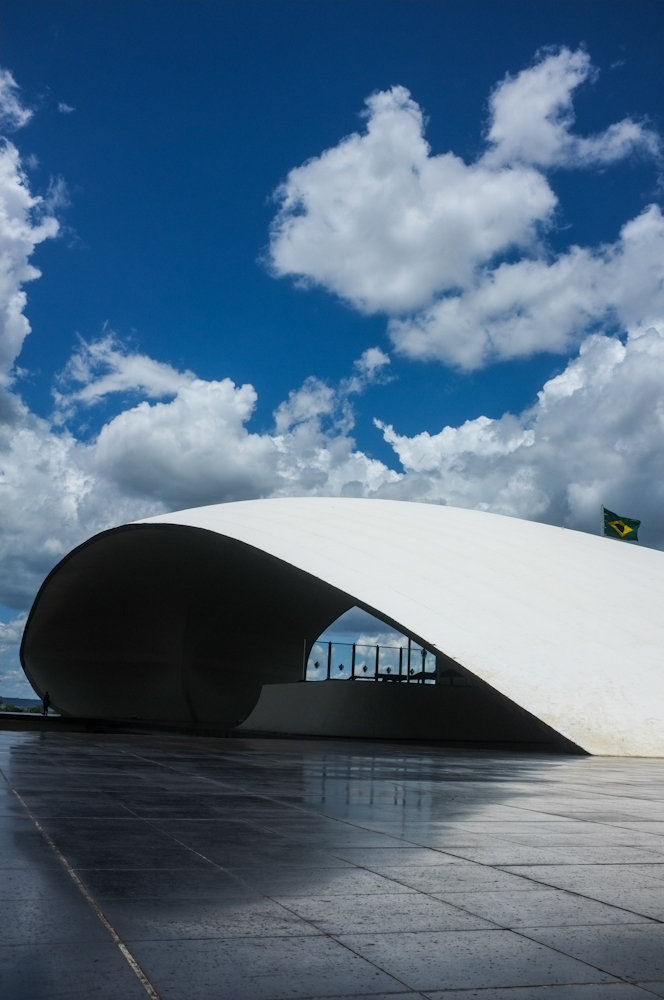
The giant acoustic shell in front of the Ministry of Defence, Brasilia.
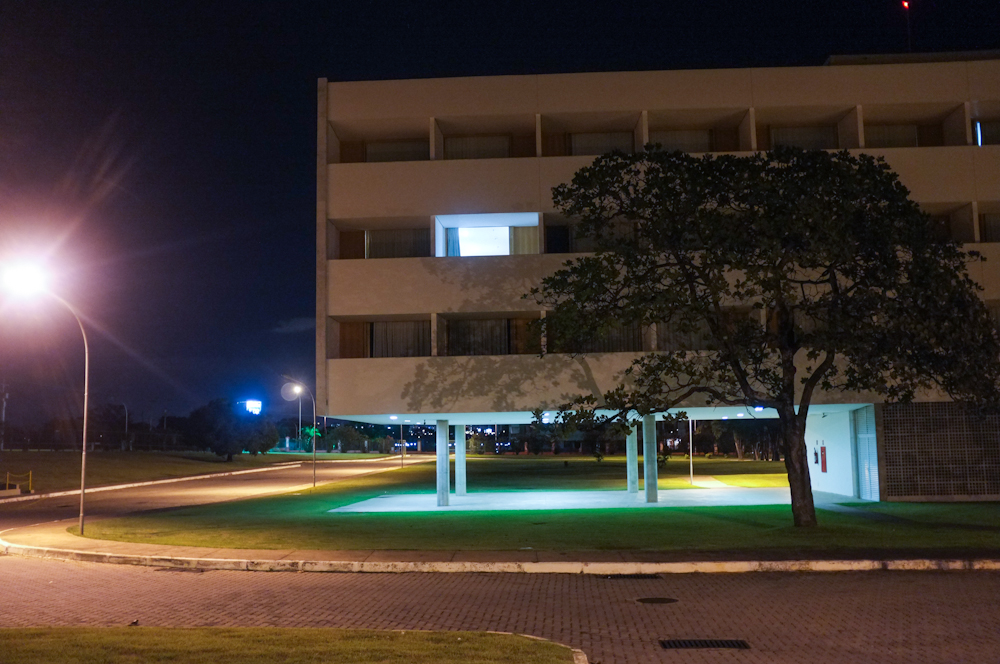
The Brasilia Palace Hotel, completed in 1958.
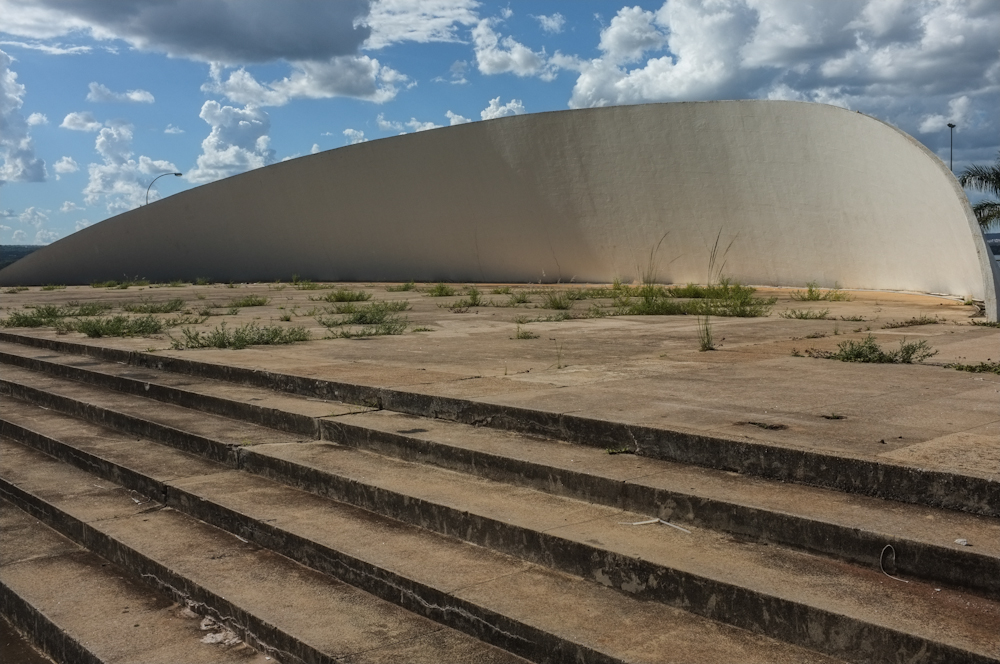
The outdoor Concha Acústica theatre in Brasilia, inaugurated in 1969.
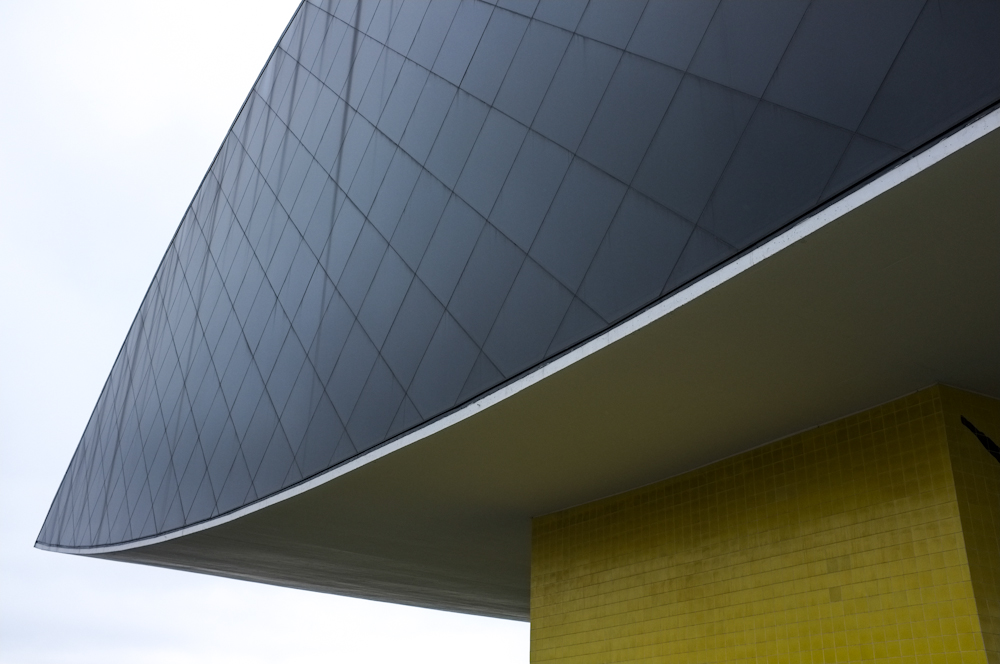
The Oscar Niemeyer Museum, Curitiba - the eye-shaped art gallery was inaugurated in 2002, adding to an original 1967 building by Niemeyer.
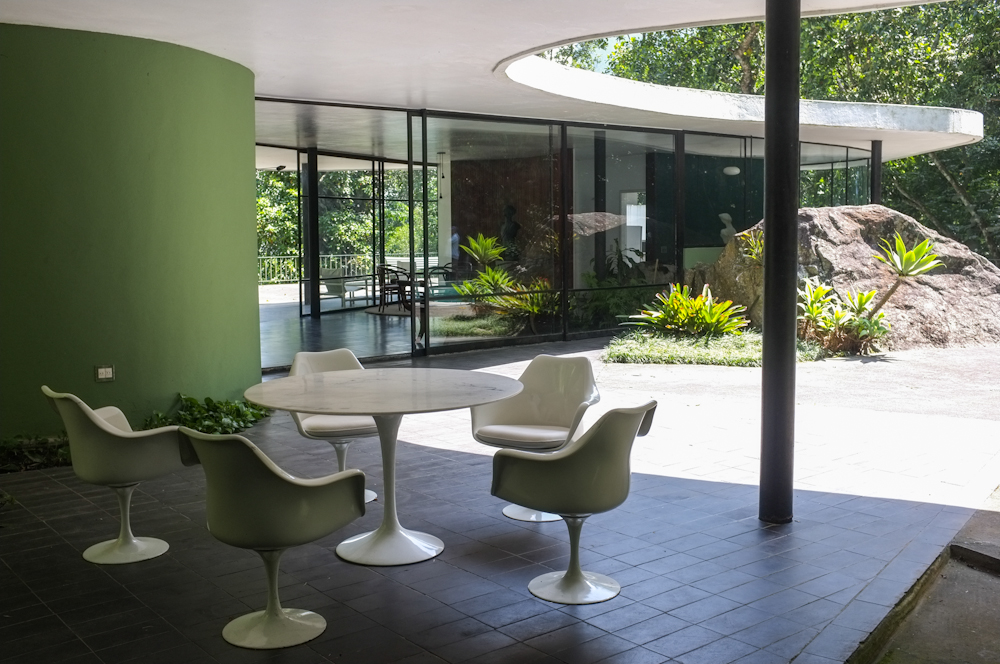
Designed in 1951, Casa das Canaos was Niemeyer's Rio home until he went into exile in 1964.
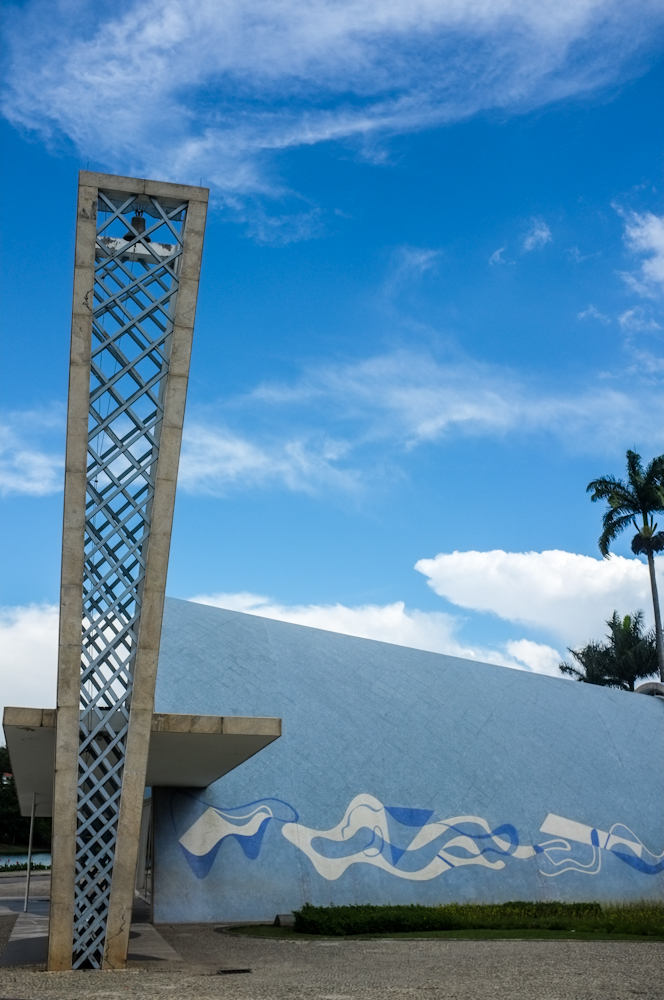
Niemeyer's work in Belo Horizonte is seen as a precursor of his collaboration with urban planner Lúcio Costa on Brasila. The Church of Saint Francis of Assisi was built in 1943 and condemned by the local archbishop at the time as "the devil's bomb shelter".


